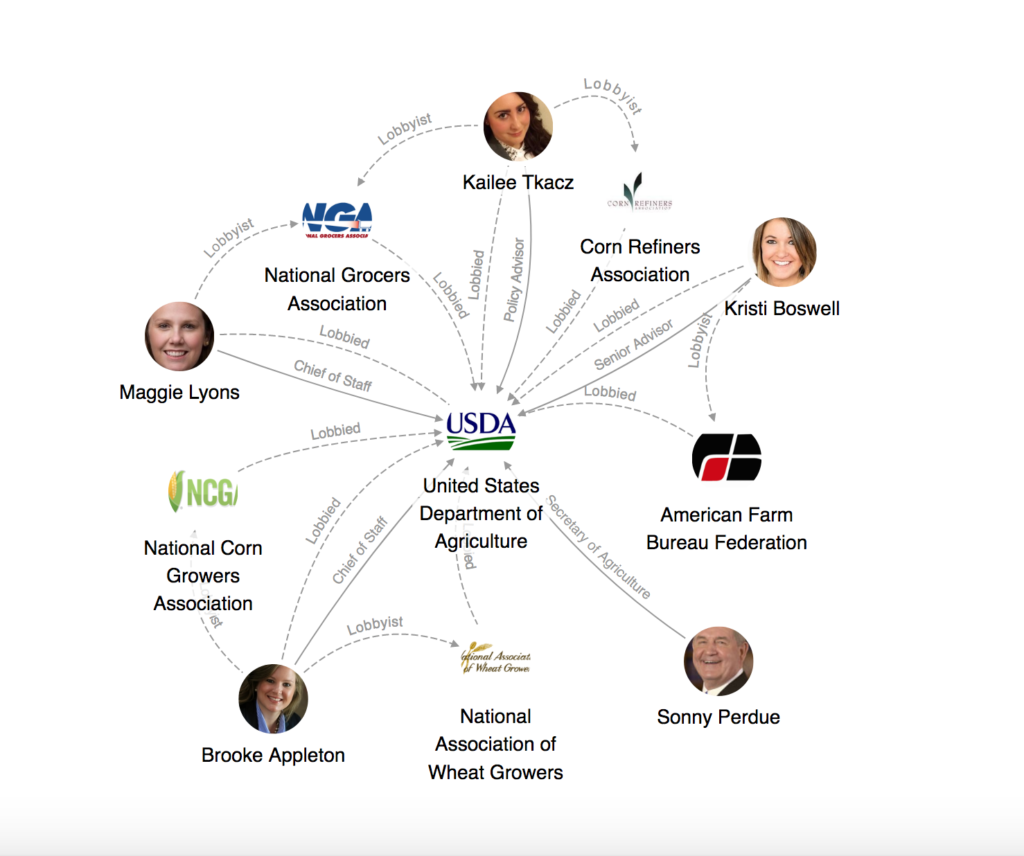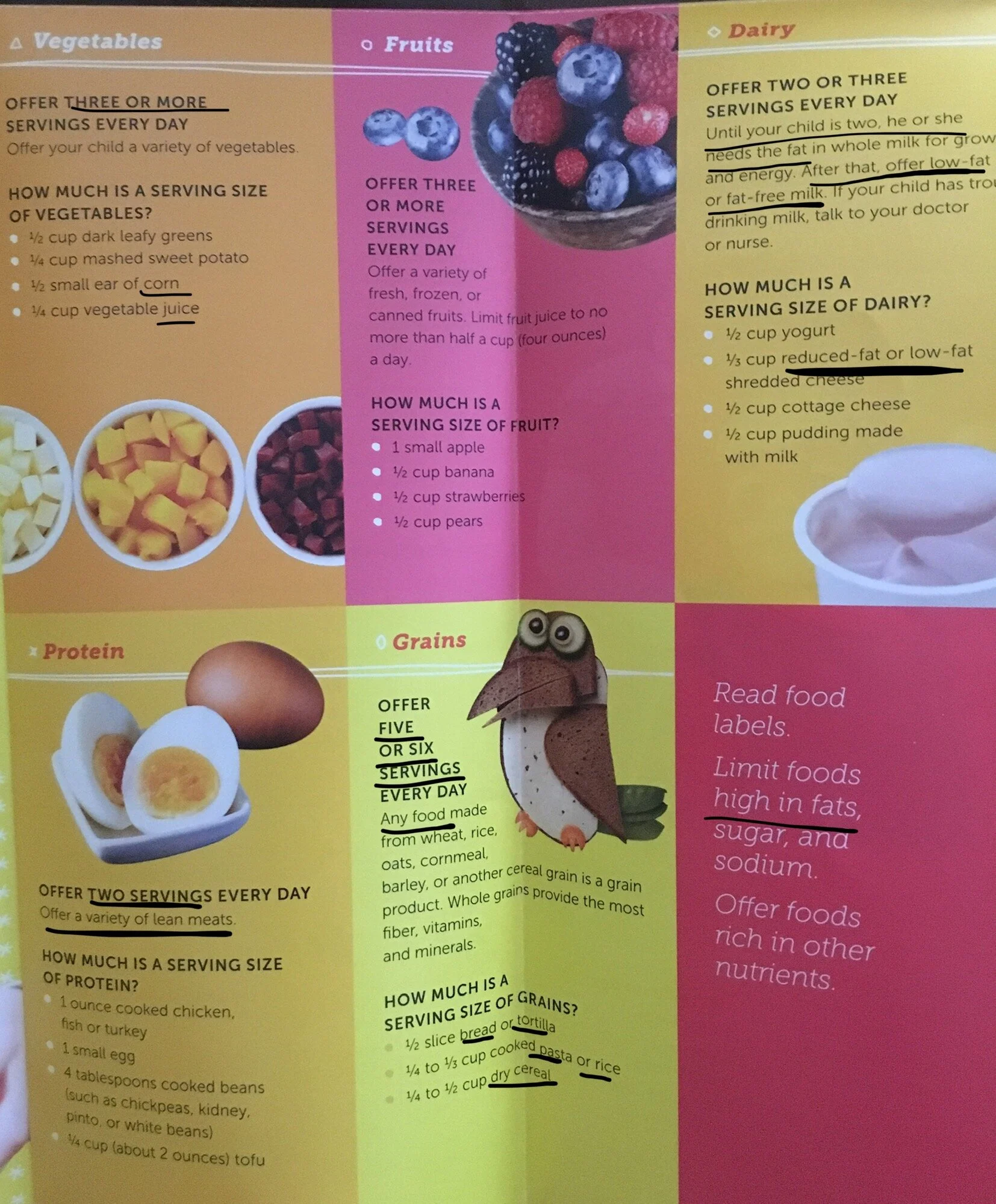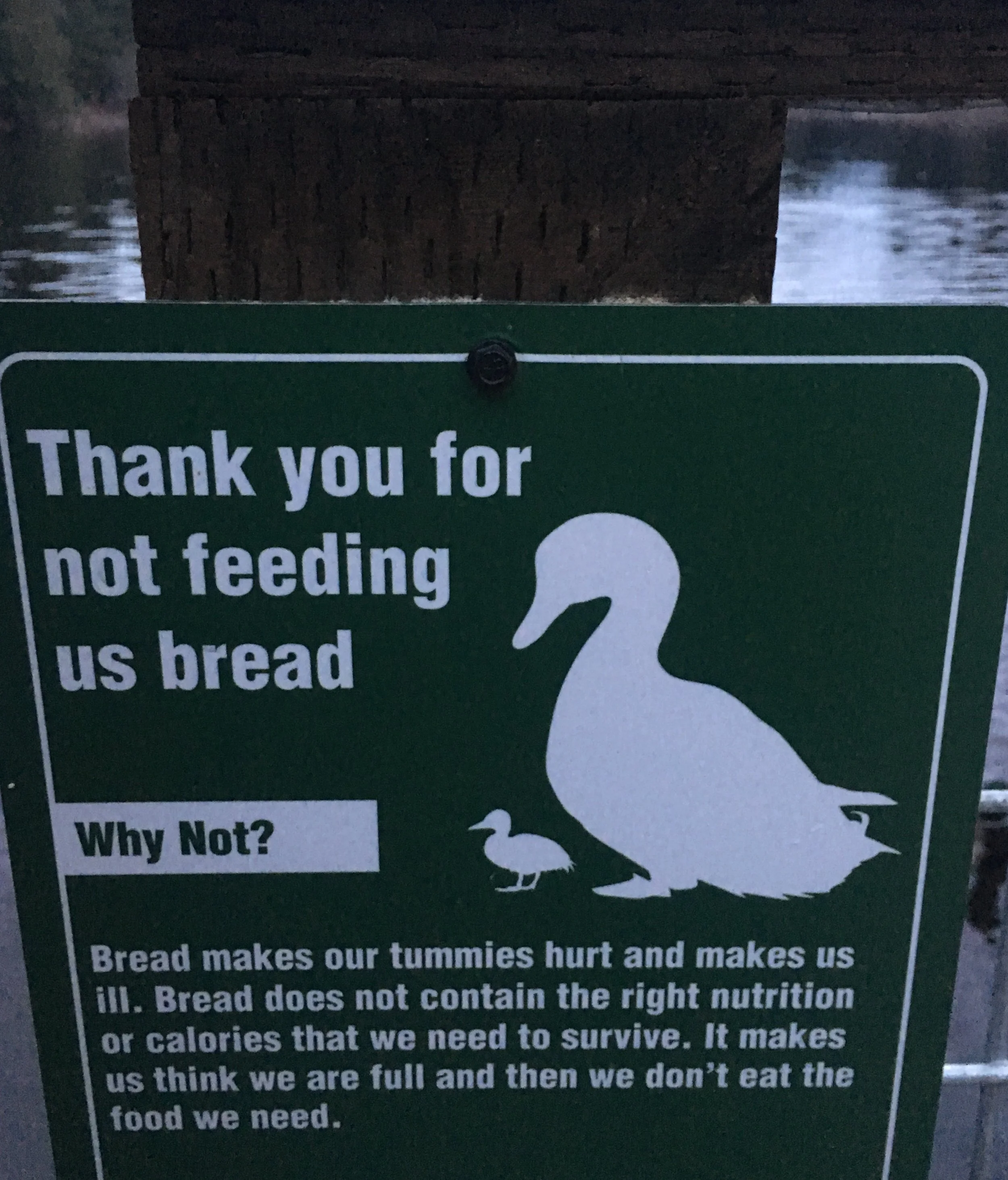Where Well-intended Childhood Feeding Recommendations Go Wrong
This week in the mail we received a packet for my son's next big milestone, 15 months! In this packet includes ways to support his development, including what to feed him. Caring deeply about the health of our next generation, to tell you I was angry is an understatement. All families with young children are receiving these recommendations and of course are going to try to adhere to them because it’s what the experts recommend.
As stated in a study in the World Journal of Diabetes,"The financial and societal consequences of the emerging epidemic of type 2 diabetes mellitus are substantial and demand an urgent public health response. Emphasis must be placed upon preventive behaviors and early detection." The authors of the study go on to recommend optimizing diet and lifestyle for pregnant mothers, strongly encouraging breastfeeding, addressing diet choices in childhood, etc.
Side note: Did you know that in utero blood sugar environment has a significantly strong impact on childhood health risk? One study showed that pregnant mothers consuming a diet of almost 52% of calories from carbohydrate (the conventionally-recommended amount 🤦🏽♀️) had babies born at higher birth weights and were more likely to be overweight in childhood. Babies born to mothers with high blood sugar during pregnancy are also more likely to be born with high insulin levels at birth and to get type 2 diabetes in childhood. This is why I’m always emphasizing blood sugar regulation especially during pregnancy and why the 21-Day Sugar Detox is such a great starting point for families.
I digress. This feeding guide is one effort to mitigate risk, but unfortunately, the current USDA Dietary Guidelines do not have our country's children at the forefront of their priorities. Since the wheat, corn, and soy lobbyists are very closely intertwined with influencing USDA policy, our country's children suffer. See what I’m talking about below.
I want to explain WHY the recommendations actually PROMOTE health risk for our children and why I could not ethically recommend following them.
I’ve underlined the parts that I’m commenting on below
Let’s do some math.
5-6 servings X 1/2 slice bread/tortilla= 2.5-3 slices of bread/tortilla.
If there is roughly 30g of carbs in a slice of bread/tortilla and we’re asking children to eat 2.5-3 slices, then that means we’re expecting them to have 75-90g carbs per day! On top of that, they’re recommending having only lean meats and low-fat foods. FYI: Protein and fat slow down the rise in blood sugar. (Read: protein and fat decrease risk for type 2 diabetes.) And we’re wondering why the rates of type 2 diabetes are at an all-time high?! Hmm… I have a guess.
Side note: If you’re curious to learn more about how foods affect our metabolism, please join my upcoming 21-Day Sugar Detox coaching group where I teach you ALL about it.
To give you an idea, 75-90 g is a normal carbohydrate intake I would recommend for a moderately active, metabolically healthy adult. Obviously, children ages 18 months to 3 years are much smaller and thus their intake should correlate with their size.
Portions aside, I should inform you that not only do these foods have a high glycemic effect, but their actual nutritional value of vitamins and minerals is minimal compared to real food, nutrient-dense options such as meats, seafood, eggs, and vegetables. One of the problems is that these nutrient-lacking foods displace more nutrient-dense options. I wish there was a picture of children on this sign below, “ [Bread] makes us think we are full and then we don’t eat the food we need.”
“But the protein options aren’t bad, are they?”
There’s a reason why pregnant women are advised to supplement with iron and infants are encouraged to have iron-fortified cereals * cue eyeroll * as a first food: iron deficiency anemia is a major nutrient of concern in infants and toddlers. In fact, various studies report the rates of iron-deficiency anemia in the US occurring in between 15.2% and 62.5% of children. The two most bioavailable, nutrient-dense sources of iron (red meat and liver!) are not included in the recommended feeding guide. I don’t have a problem with chicken, fish and eggs; those are great foods! It’s more concerning that they’re leaving out the most bioavailable, iron-dense foods. It’s no wonder children are still iron deficient in this country!
“But of course they should be avoiding fat, right?”
Wrong. Do you know what nutrients are of highest importance during this age? Fat soluble vitamins (A, D3, E and K1 and K2), Iron, Zinc, Cholesterol, B vitamins, choline, glycine, essential fats (omega-3s such as EPA and DHA), among others. Do you want to know which foods these are found in? That’s right, animal products: meat (lean and fatty), seafood, whole eggs and full-fat dairy (highest in those animals fed their natural diet of grass and sunshine), many of them found specifically in the fat.
Remove the fat, remove the nutrients.
Re-read the dairy section of the photo I shared above. No worries, I’ll re-write it for you: “Until your child is two he or she needs the fat in whole milk for growth and energy. After that, offer low-fat or fat-free milk.” STOP. Use your common sense. Why would children arbitrarily all of a sudden stop needing the fat in milk?! Why would nature create a food that promotes life and health then once someone has their second birthday now becomes a health risk?? Children’s needs for fat-soluble vitamins and the other vitamins/minerals found in fat-laden animal foods don’t just go away after age two. They continue to require those nutrients as they grow and develop!
“You can’t possibly have any criticisms about eating vegetables though, can you?”
You bet I can! When was the last time an “ear of corn” was considered a vegetable (referring again to the photo above)? Corn is a grain, not a vegetable. And is vegetable juice really even on there? Most commercially-produced “vegetable” juices are just fronts for giving kids more sugar. For example, see the nutrient facts from NAKED juice Green Machine below. Can you guess who owns them? PepsiCo.
I would be thrilled to see a vegetable like * gasp * carrots or broccoli in the example serving size. How hard could that have been? At least they included leafy greens!
So what DO I feed my kid?
To put it short: whole, real foods. Foods that were placed on our earth that have been nourishing our ancestors for generations. I love working with families and children in my nutrition practice so please schedule with me for specific guidance on “what” and “how much” to serve you and/or your family. As you can see, I approach nutrition guidelines with a critical eye, not because I’m a rebel, but because I have always questioned the status quo. Is what we’re doing working for us? Clearly it’s not as our rates of chronic disease are at an all-time high despite removing the fat from our foods and omitting foods that have nourished our ancestors for centuries. If what we’re doing is not working, I want to help you figure out what will help you and your family feel and live better in the short term AND the long term. Let me help you today.






